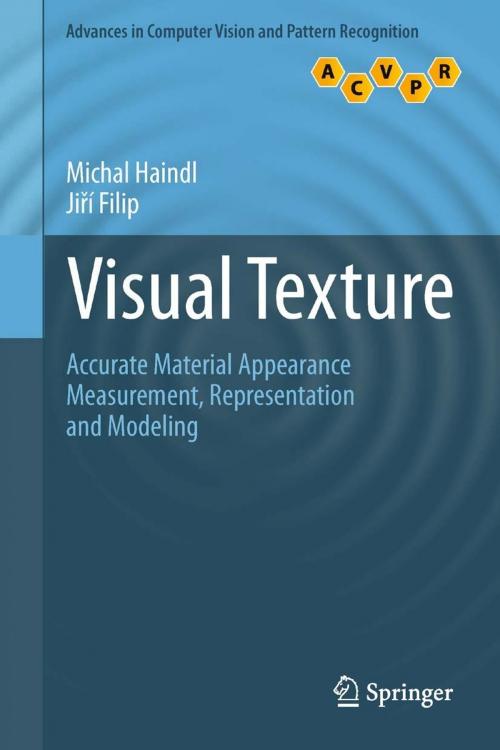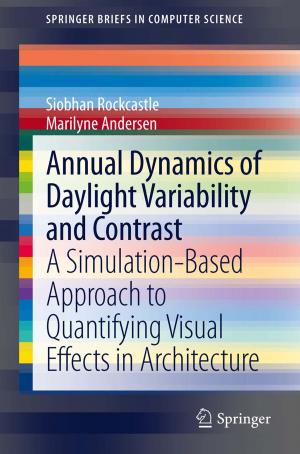Visual Texture
Accurate Material Appearance Measurement, Representation and Modeling
Nonfiction, Computers, Advanced Computing, Engineering, Computer Vision, Application Software, Computer Graphics, General Computing| Author: | Michal Haindl, Jiri Filip | ISBN: | 9781447149026 |
| Publisher: | Springer London | Publication: | January 18, 2013 |
| Imprint: | Springer | Language: | English |
| Author: | Michal Haindl, Jiri Filip |
| ISBN: | 9781447149026 |
| Publisher: | Springer London |
| Publication: | January 18, 2013 |
| Imprint: | Springer |
| Language: | English |
This book surveys the state of the art in multidimensional, physically-correct visual texture modeling. Features: reviews the entire process of texture synthesis, including material appearance representation, measurement, analysis, compression, modeling, editing, visualization, and perceptual evaluation; explains the derivation of the most common representations of visual texture, discussing their properties, advantages, and limitations; describes a range of techniques for the measurement of visual texture, including BRDF, SVBRDF, BTF and BSSRDF; investigates the visualization of textural information, from texture mapping and mip-mapping to illumination- and view-dependent data interpolation; examines techniques for perceptual validation and analysis, covering both standard pixel-wise similarity measures and also methods of visual psychophysics; reviews the applications of visual textures, from visual scene analysis in medical applications, to high-quality visualizations in the automotive industry.
This book surveys the state of the art in multidimensional, physically-correct visual texture modeling. Features: reviews the entire process of texture synthesis, including material appearance representation, measurement, analysis, compression, modeling, editing, visualization, and perceptual evaluation; explains the derivation of the most common representations of visual texture, discussing their properties, advantages, and limitations; describes a range of techniques for the measurement of visual texture, including BRDF, SVBRDF, BTF and BSSRDF; investigates the visualization of textural information, from texture mapping and mip-mapping to illumination- and view-dependent data interpolation; examines techniques for perceptual validation and analysis, covering both standard pixel-wise similarity measures and also methods of visual psychophysics; reviews the applications of visual textures, from visual scene analysis in medical applications, to high-quality visualizations in the automotive industry.















